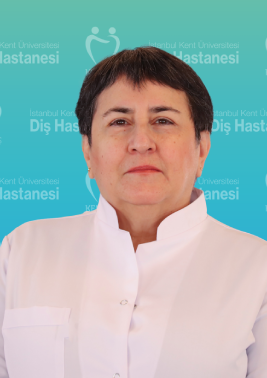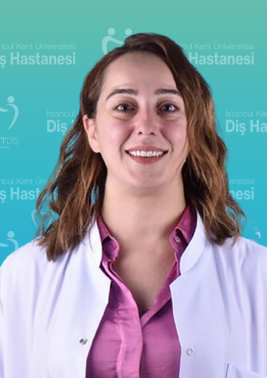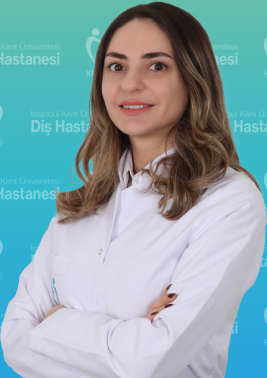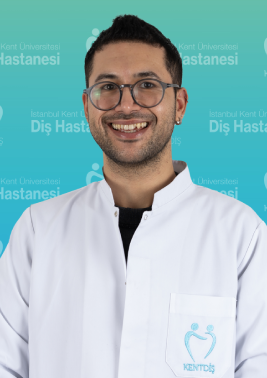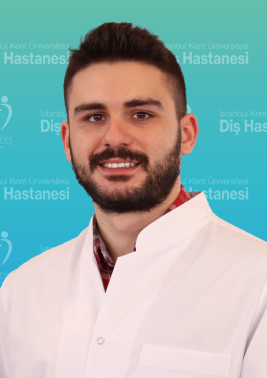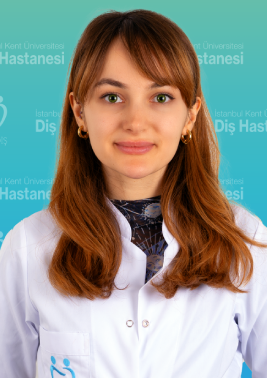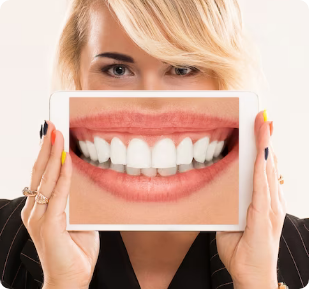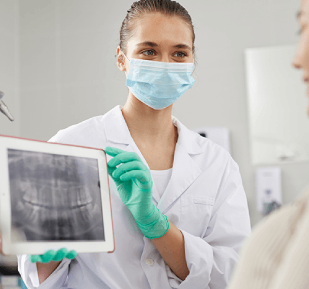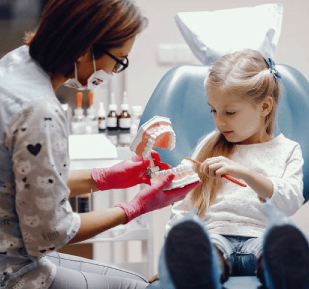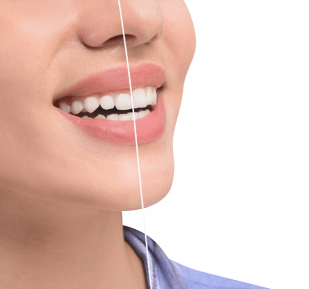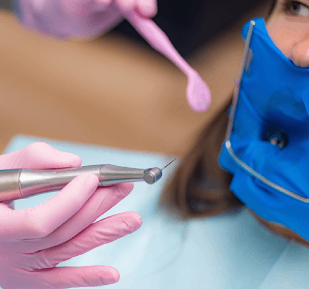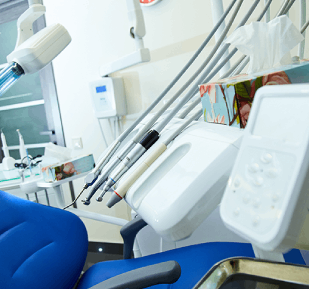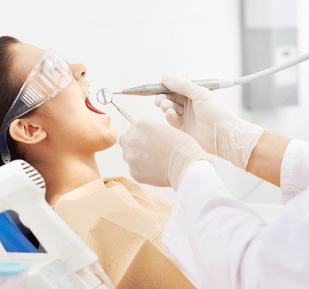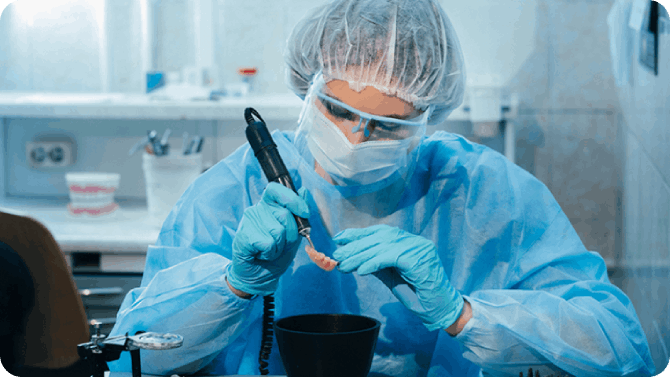
Prosthetic Treatments
What Is A Prosthesis?
Personalized restorations that are applied ın cases of tooth material loss (caries, periodontal diseases, accident, etc.), in tooth loss cases or for aesthetic reasons without loss of substance are called “prosthetics”.
What Are The Benefits Of Prostheses?
In tooth loss cases, the chewing function, aesthetic appearance and psychology are negatively affected. Therefore, substitution missing teeth by various methods increases the chewing efficiency, as well as eliminating aesthetic problems.
What Is An Implant?
It is an artificial screw that replaces the missing teeth , which is biocompatible with the sorrounding tissue that supports it in the jawbone. Fixed or movable prostheses are placed on these screws, which are inserted into the jawbone by surgical operation.
How Many Types Of Prostheses Are There?
Prostheses are generally evaluated in two separate groups:
- Fixed dentures: Restorations designed on the patient's natural teeth or on implants made in place of missing teeth that cannot be removed by the patient and produced with materials compatible with the texture and color of the teeth,
- Dental crown: The prosthodontic procedure of covering the entire tooth with restorative material by making abrasions around a single tooth in accordance with certain rules
- Implant crowns: Restoration performed on a single implant,
- Bridge: Complete covering of multiple teeth joint with restorative material (in case of tooth loss),
- Bridge over implant: Bridge restoration performed on more than one implant,
- Inlay/onlay/overlay: In case of a loss of a part of the tooth, only the loss of substance is compensated by restorative material,
- Laminate veneers: When there is no lack of teeth and the person is not satisfied with the shape and color of the teeth which are visible when smiling, the smile is made more aesthetic by making a minimal abrasion only on the front surface of the teeth (in some cases, no abrasion may be required according to the preliminary preparations). It is the most protective and aesthetic treatment method.
- Removable prostheses: These are prostheses that are made in cases where there is an excessive tooth loss up to a point that is not suitable for the construction of fixed dentures in a person's mouth, or in cases where a person has lost all his/her teeth and these prostheses can be worn and removed by the patient at any time.
- Total prosthesis: This type of prostodontic treatmen is applied in cases where there are no natural teeth left in the mouth. This prostheses, which are commonly called “palatal prosthesis”, are made by taking support from the tissue on the patient's jaw bones. It is used in cases where an implant cannot be placed.
- Classical partial dentures: It is a type of prothesis that can be removed and put on by the patient and that is supported by both the bone tissue of the jaw and natural teeth remaining in the mouth (with the help of clasp) when there is an absence of teeth.
- Precision attachment partial dentures: They are snap-on dentures that are supported by porcelain veneers made on natural teeth in the mouth and tissue on the jawbone in the event of a large number of missing teeth.
- Dental prostheses: These prostheses are prepared by making a number of special preparations to increase the retention on a very small number of natural teeth or tooth roots that exist in the mouth and they can be put on and removed by the patient. Externally, they resemble total prosthesis.
- Removable prosthesis on implants: In cases where a person does not have any natural teeth, these prostheses are supported by 2 or 4 implants placed in the lower and upper jaws .Patients can put on and remove them.
What Are The Materials Used In The Construction Of Prostheses?
In the construction of fixed prostheses following materials are used:
Metal-supported ceramics: It is a frequently used, economical restoration which is obtained by baking ceramics on the substructure of an alloy that is the combination of different metals.
Non-metallic ceramics (full ceramics): This type of restoration is obtained by baking a different type of ceramic on the ceramic substructure or it can be made only from a single layer of ceramic and has a texture and color quite similar to the natural tooth because it does not contain metal. Thanks to today's technology, it is quite robust in restorations obtained from ceramics without substructure support.
In the construction of movable prosthesis, a polymer-based material called acrylic, which imitates both soft tissues (pink in color) and missing teeth, is mostly used. In addition to acrylic, ceramic and composite based materials can also be used in the construction of some implant-supported removable prostheses.

